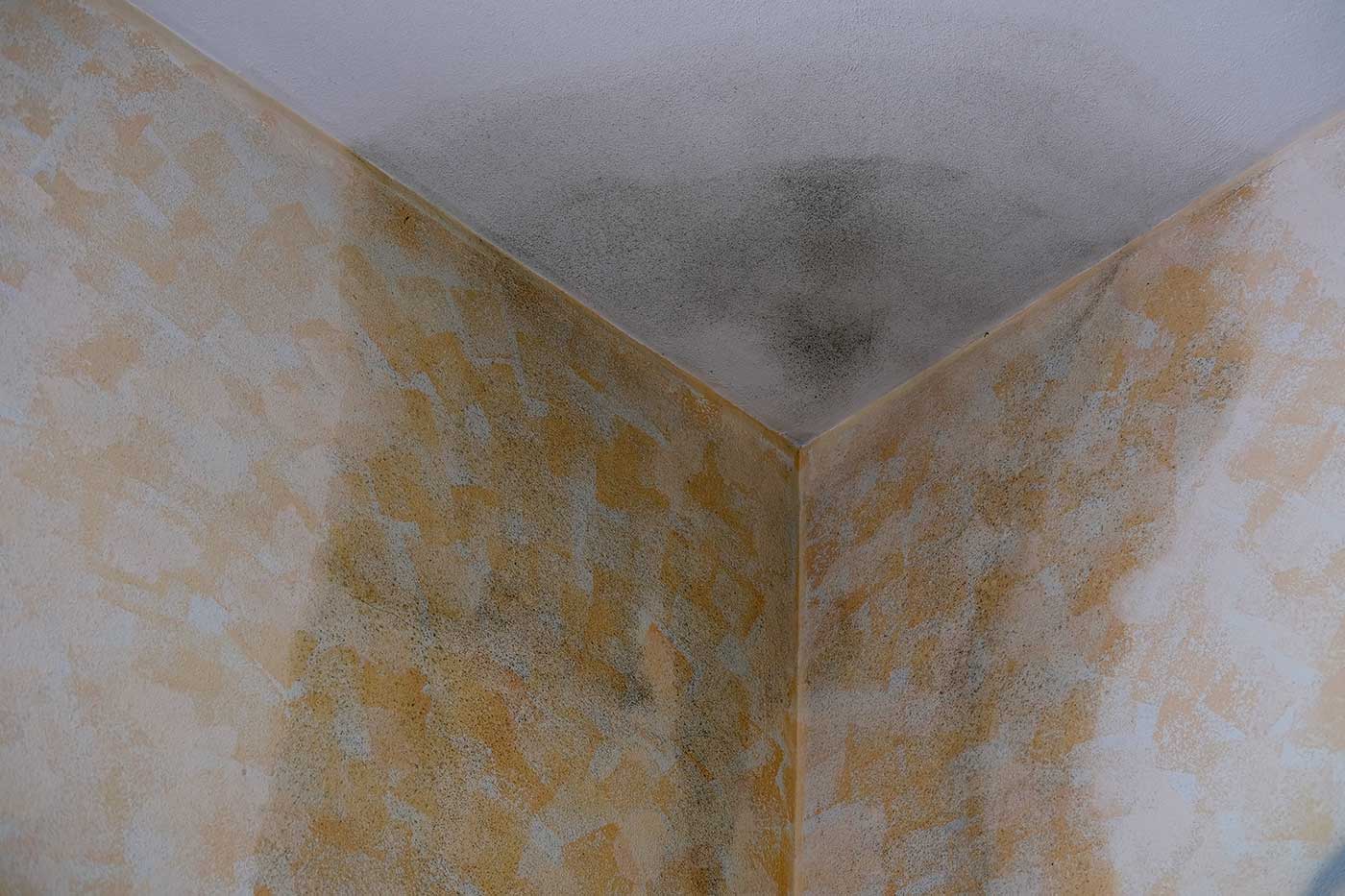How Can I Reduce Damp In My House?

Damp can cause all sorts of problems in the home – from creating breathing problems and worsening skin conditions, to looking unsightly and unhygienic with mould build up. If you want to tackle it, you need to find the source and work your solution around it. Is it located in just one area of the house? Have you had problems with leaks or dripping taps?
There are ways and means around damp, so if you are curious about how to create a healthier home, read on for these 5 ways to reduce damp in your house, starting today.
1. Dry clothes outside
The weather is a huge factor in being able to do this, but if you can, you should always take advantage of the dry days to hang laundry outside and let the moisture evaporate outside instead of indoors where it can build up into damp patches.
If you can’t dry your clothes outside, try hanging them in the bathroom instead as this room is designed to be able to withstand higher levels of moisture without resulting in mould build up. To prevent musty-smelling clothes, only put them away in storage when they are totally dry.
2. Keep your heating on, but low
Heating on in the summer? Sounds pointless, but actually it helps to keep air circulating around your rooms and prevents damp and mould build up.
You can keep your heating on but turn the thermostat down low to ensure you’re not using home heating oil unnecessarily. This is especially important for rooms that you don’t use often to prevent them from smelling stale and stuffy.
3. Keep rooms ventilated
Another key factor in reducing damp in your house is to keep the rooms ventilated by opening the windows every day. Inadequate ventilation can increase condensation build up which leads to damp, so it’s important to find ways to reduce this.
Condensation can build up from several sources – cooking, showering, laundry, and even breathing, so you will never truly escape from it but you can manage it.
4. Dry down the walls with a towel after using the bathroom
When you are showering or having a bath, you create a lot of additional moisture. To prevent this from building up and resulting in damp in your home, you can take a few steps to try and reduce the impact of it.
Firstly, if you have an extraction fan in this room, make sure it’s always on when bathing. Also, close the door tight to stop the moisture from travelling into other rooms. Open the window after you’re done to help the condensation escape, and towel down the tiles and surfaces after you’re finished to reduce any lingering moisture.
5. Invest in a dehumidifier
If you notice that damp is concentrated in one particular area of your home, you may benefit from a dehumidifier. These clever devices suck the excess moisture out of the air, making them ideal for damp rooms or rooms where your dry laundry if you can’t get it dried outside. They aren’t costly to run and don’t need to be switched on all the time if you can manage the damp in your home through the other methods listed above.



